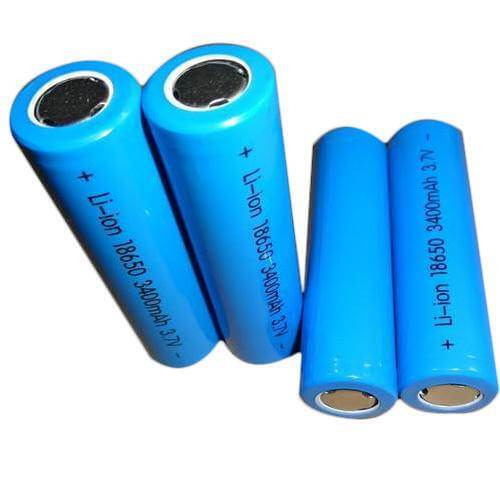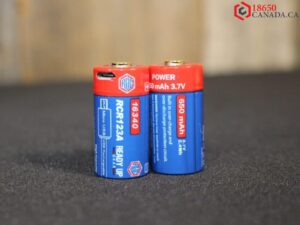Charging 18650 batteries properly is crucial to ensure their longevity and safety. Incorrect charging practices can lead to performance degradation, reduced lifespan, and even potential hazards. In this article, we will delve into the best practices for charging your 18650 batteries, helping you maximize their performance and keep them in optimal condition.
Understanding 18650 Batteries:
Before diving into the charging process, it’s important to have a solid understanding of 18650 batteries. These lithium-ion batteries are widely used in various devices, including laptops, flashlights, and vaping devices. They offer high energy density, long cycle life, and reliable performance. However, they also require careful attention during charging to maintain their efficiency and safety.
Selecting the Right Charger:
Choosing a charger specifically designed for 18650 batteries is paramount. Consider factors such as charging speed, capacity, safety features, compatibility with different battery chemistries, and user-friendly interface when making your selection. Investing in a high-quality charger ensures optimal charging performance and reduces the risk of damage or accidents.

Best Charging Practices:
- Preparing the Batteries: Before charging, inspect the batteries for any signs of damage or wear. Ensure the battery contacts are clean and free from dirt or debris, as this can affect charging efficiency.
- Understanding Charging Modes and Settings: Familiarize yourself with the various charging modes, such as constant current, constant voltage, and trickle charge. Follow the manufacturer’s recommendations for the appropriate charging settings specific to 18650 batteries.
- Monitoring Charging Time and Process: Different-capacity batteries require varying charging times. It’s crucial to monitor the charging process and avoid overcharging, as this can lead to overheating and potential damage to the batteries. Utilize chargers with built-in safety features like automatic shut-off or timers to prevent overcharging.
Safety Considerations:
To ensure safe charging practices, keep the following in mind:
- Preventing Overheating and Temperature Control: Avoid charging batteries in extreme temperatures, as it can lead to overheating or thermal runaway. Optimal charging temperature ranges from 0°C to 45°C (32°F to 113°F). If you notice excessive heat during charging, discontinue the process immediately.
- Avoiding Overcharging and Over-Discharging: Overcharging can damage the batteries while over-discharging can reduce their lifespan. Be vigilant and avoid leaving batteries on the charger for extended periods after reaching full capacity. Similarly, prevent batteries from reaching critically low voltage levels to avoid irreversible damage.
- Proper Storage and Transportation: When not in use, store your charged 18650 batteries in a cool, dry, and well-ventilated place, away from direct sunlight and flammable materials. Use dedicated battery cases or holders to prevent accidental short circuits when transporting them.
- Dealing with Damaged or Old Batteries: If you notice any signs of swelling, leakage, or unusual behavior from your 18650 batteries, discontinue use and dispose of them properly. Damaged or old batteries can pose safety risks and should be recycled according to local regulations.
Maintenance and Longevity:
To maximize the lifespan of your 18650 batteries:
- Battery Maintenance Tips: Regularly clean the battery contacts to ensure good electrical battery conductivity. Avoid exposing batteries to extreme temperatures and protect them from moisture or corrosive environments.
- Balancing Battery Usage and Charging Cycles: Rotate the use of your batteries to distribute the charging cycles evenly. Avoid relying solely on a single battery to prevent premature wear and capacity loss.
- Avoiding Deep Discharge and Excessive Heat Exposure: Deeply discharging batteries can cause irreversible damage. Recharge your batteries before they reach critically low voltage levels. Additionally, avoid exposure.
- Knowing When to Replace Batteries: Keep track of the overall battery performance. If you notice a significant decrease in capacity or if the batteries fail to hold a charge effectively, it may be time to replace them.
Final Thoughts
Following the best practices for charging 18650 batteries is crucial for their longevity, performance, and safety. By selecting the right charger, understanding the charging process, and adhering to safety considerations, you can ensure optimal battery health and avoid potential risks. Remember to implement proper maintenance practices and replace batteries when necessary to enjoy the full benefits of your 18650 batteries. Stay informed, be cautious, and enjoy the reliable power these batteries provide.

